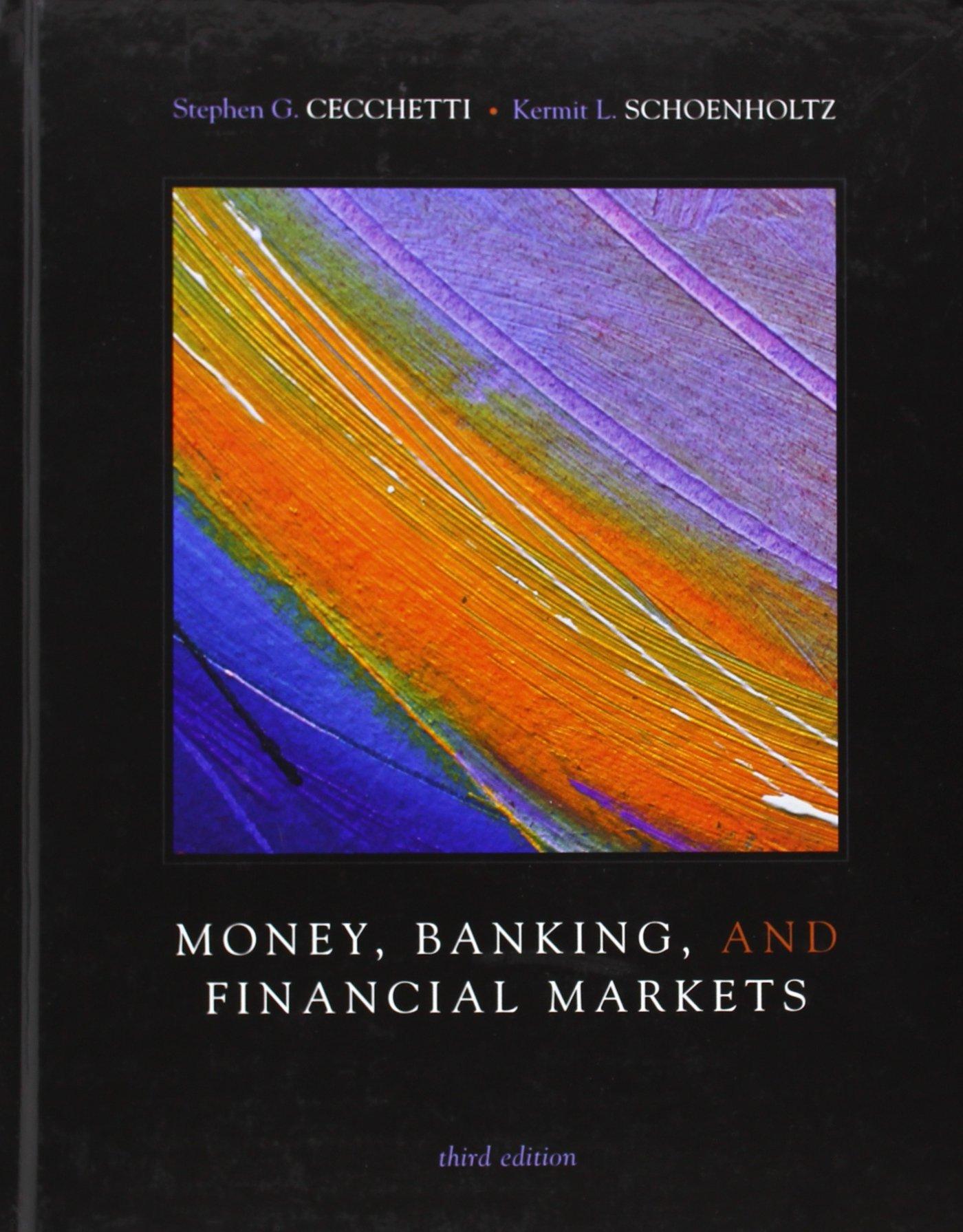Help taking test need asap!

Suppose a firm relies exclusively on the payback method when making capital budgeting decisions, and it sets a 4-year payback regardless of economic conditions. Other things held constant, which of the following statements is most likely to be true? a. It will accept too many short-term projects and reject too many long-term projects (as judged by the NPV). b. It will accept too many long-term projects and reject too many short-term projects (as judged by the NPV). c. The firm will accept too many projects in all economic states because a 4-year payback is too low. d. The firm will accept too few projects in all economic states because a 4-year payback is too high. e. If the 4-year payback results in accepting just the right set of projects under average economic conditions, then this payback will result in too few long-term projects when the economy is weak. Liberty Services is now at the end of the final year of a project. The equipment originally cost $10,500. of which 75% has been depreciated The firm can sell the used equipment today for $6,000, and its tax rate is 40%. What is the equipment's after-tax salvage value for use in a capital budgeting analysis? Note that if the equipment's final market value is less than its book value, the firm will receive a tax credit as a result of the sale. a. $4,650 b. $4,511 c. $5,348 d. $5,301 e. $3,860 Firm M is a mature company in a mature industry. Its annual net income and cash flows are consistently high and stable. However, M's growth prospects are quite limited, so its capital budget is small relative to its net income. Firm S is a relatively new company in a new and growing industry. Its markets and products have not stabilized, so its annual operating income fluctuates considerably. However, N has substantial growth opportunities. and its capital budget is expected to be large relative to its net income for the foreseeable future. Which of the following statements is CORRECT? a. Firm M probably has a loner target debt ratio than Firm N. b. Firm M probably has a higher target dividend payout ratio thin Firm N. c. If the corporate tax rate increases, the debt ratio of both firms is likely to decline. d. The two firms arc equally likely to pay high dividends. e. Firm N is likely to have a clientele of shareholders who want a consistent, stable dividend income








